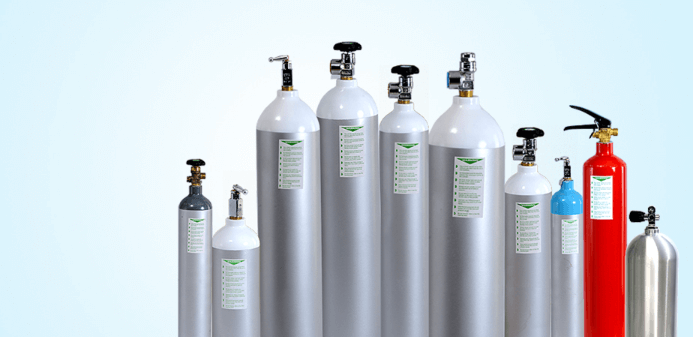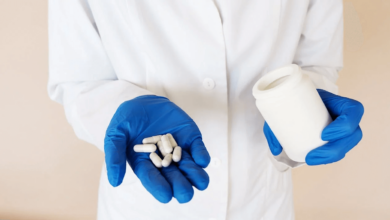Properly Securing Oxygen Cylinders in Healthcare Facilities

Safely using and storing oxygen cylinders is paramount within healthcare facilities. This medical equipment is integral to patient care in various medical settings. C-size oxygen cylinders require meticulous handling and mounting procedures to prevent potential hazards. Understanding the proper techniques for mounting these cylinders is necessary for maintaining a safe environment for patients and healthcare providers.
Vital Role of Oxygen Cylinders in Healthcare
Oxygen cylinders are indispensable in medical settings, providing a crucial lifeline for patients who require supplemental oxygen therapy. Whether in emergency departments, intensive care units, or outpatient clinics, these cylinders serve as a primary source of oxygen delivery, aiding individuals with respiratory conditions or during medical procedures. Quick and reliable access to oxygen can be life-saving in critical situations, such as respiratory distress or surgical interventions.
Importance of Proper Mounting
Properly mounting C-size oxygen cylinders is not merely a matter of convenience; it’s a critical safety measure. These cylinders contain compressed oxygen under high pressure, making them potentially hazardous if mishandled. Improper mounting can lead to cylinders falling or tipping over, risking damage to the cylinders and posing significant safety risks to individuals nearby. Moreover, a secure mounting system ensures easy access for healthcare professionals during emergencies, facilitating swift response and patient care.
Guidelines for Mounting C Size Oxygen Cylinders
Selecting Appropriate Mounting Equipment
Begin by choosing the correct mounting equipment explicitly designed for C-size oxygen cylinders. This equipment should comply with industry standards and regulations to ensure optimal safety. Before installation, inspect the mounting brackets, racks, or stands for any signs of damage.
Identifying Suitable Locations
Determine strategic locations within the healthcare facility for mounting the oxygen cylinders. These locations should be accessible to healthcare providers yet away from high-traffic areas to minimise the risk of accidental damage or interference.
Read also The Entrepreneur’s Guide to Planting Business Roots in Australia
Securing Mounting Equipment
Use appropriate fasteners to install the mounting equipment securely onto walls or other stable surfaces. Ensure that the mounting brackets or racks are firmly secured and apt to support the weight of the oxygen cylinders without risk of detachment.
Positioning the Cylinders
Carefully place the C-size oxygen cylinders into the designated mounting brackets or racks, ensuring they are upright and securely in place. Avoid stacking cylinders or overcrowding mounting spaces, as this can impede access and increase the risk of accidents.
Utilising Retention Straps or Chains
Use retention straps or chains to stabilise the oxygen cylinders within their mounting apparatus for added security. These additional measures can help prevent cylinders from shifting or falling during transport or unexpected movements.
Regular Inspections and Maintenance
Implement a routine inspection schedule to assess the condition of the mounting equipment and oxygen cylinders. Check for signs of damage, corrosion, or loosening of fasteners and promptly address any issues to maintain optimal safety standards.
Ensuring Compliance and Training
Apart from following proper mounting procedures, healthcare facilities must provide comprehensive training to staff members responsible for handling and securing oxygen cylinders. Training programs must cover topics such as safe handling techniques, recognising potential hazards, and emergency procedures in case of cylinder mishaps. Additionally, staff should be taught about the importance of complying with regulatory standards and guidelines governing the use of medical equipment to uphold safety protocols effectively.
Mounting C-size oxygen cylinders in healthcare facilities ensures safety and efficiency in patient care environments. By following established guidelines and best practices for mounting medical equipment, healthcare providers can minimise risks associated with cylinder mishandling while ensuring ready access to essential medical resources when needed most. Prioritising safety in the handling and storing of equipment is vital to maintaining a secure and conducive healthcare environment for all stakeholders involved.








